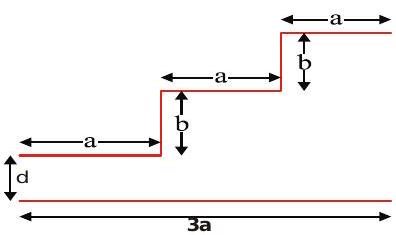268170 A parallel plate capacitor of capacitance Cis connected to a battery and is charged to a potential differenceV. A nother capacitor of capacitance \(2 \mathrm{C}\) is similarly charged to a potential difference \(2 \mathrm{~V}\). The charging battery is now disconnected and the capacitors are connected in parallel to each other in such a way that the positive terminal of one is connected to the negative terminal of the other. The final energy of the configuration is
268170 A parallel plate capacitor of capacitance Cis connected to a battery and is charged to a potential differenceV. A nother capacitor of capacitance \(2 \mathrm{C}\) is similarly charged to a potential difference \(2 \mathrm{~V}\). The charging battery is now disconnected and the capacitors are connected in parallel to each other in such a way that the positive terminal of one is connected to the negative terminal of the other. The final energy of the configuration is
268170 A parallel plate capacitor of capacitance Cis connected to a battery and is charged to a potential differenceV. A nother capacitor of capacitance \(2 \mathrm{C}\) is similarly charged to a potential difference \(2 \mathrm{~V}\). The charging battery is now disconnected and the capacitors are connected in parallel to each other in such a way that the positive terminal of one is connected to the negative terminal of the other. The final energy of the configuration is
268170 A parallel plate capacitor of capacitance Cis connected to a battery and is charged to a potential differenceV. A nother capacitor of capacitance \(2 \mathrm{C}\) is similarly charged to a potential difference \(2 \mathrm{~V}\). The charging battery is now disconnected and the capacitors are connected in parallel to each other in such a way that the positive terminal of one is connected to the negative terminal of the other. The final energy of the configuration is

